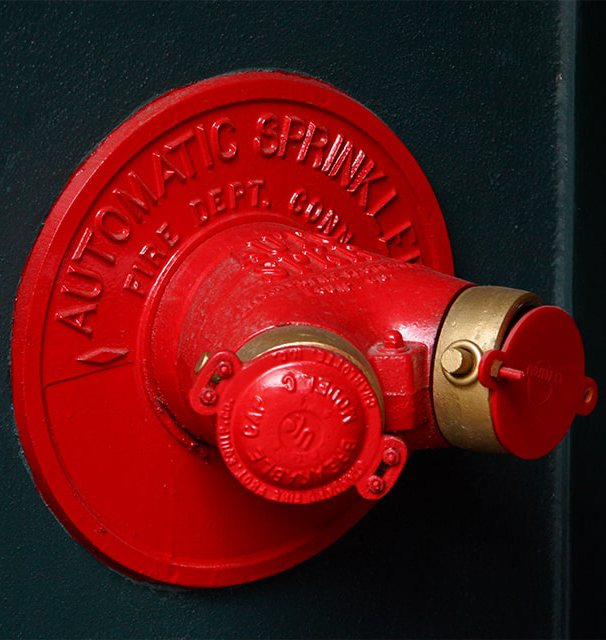commercial buildings
STRICTER FIRE PROTECTION SYSTEMS REQUIRED
Avoid Disaster
We excel at understanding how to stay fluid throughout design while delivering the right system for the size and configuration of each project.

Commercial Fire Protection for New Buildings
Designing fire suppression systems for a broad range of commercial applications and keeping commercial buildings safe from fire requires not only design talent, hardware, and installation knowledge, but the ability of your fire protection contractors to be highly adaptable. It’s safe to say no project goes as planned. Quotes provided on an initial set of project plans can be vastly different when it comes to actual construction.
Cherokey Fire Protection has decades of experience working closely with architects and general contractors to make sure that the fire safety system stays current throughout the life of the project.
From Schools to Hospitals, Retail to Light Industrial Cherokey is your fire protection partner for new commercial developments.

Crucial elements to a commercial building fire safety systems
While Fire Alarms, emergency lights and exit signs, and fire extinguishers have always topped the list, today’s engineered materials mean that automatic fire sprinklers are a crucial element.
Synthetic building materials and furnishings means a focus on smoke and fire detection as well as automatic extinguishing systems and compartmentation are now vital aspects of a fire safety strategy.
An NIH study “Toxicity of fire smoke” says, “During the past 50 years, synthetic polymers have been introduced in buildings in very large quantities. Many contain nitrogen or halogens, resulting in the release of hydrogen cyanide and inorganic acids in fire smoke as additional toxic threats. An analysis of toxicological findings in fire and non-fire deaths and the results of animal exposures to smoke from a variety of burning materials indicate that carbon monoxide is still likely to be the major toxicant in modern fires.”
This analysis also revealed that hydrogen cyanide is likely to be present in appreciable amounts in the blood of fire victims in modern fires.
